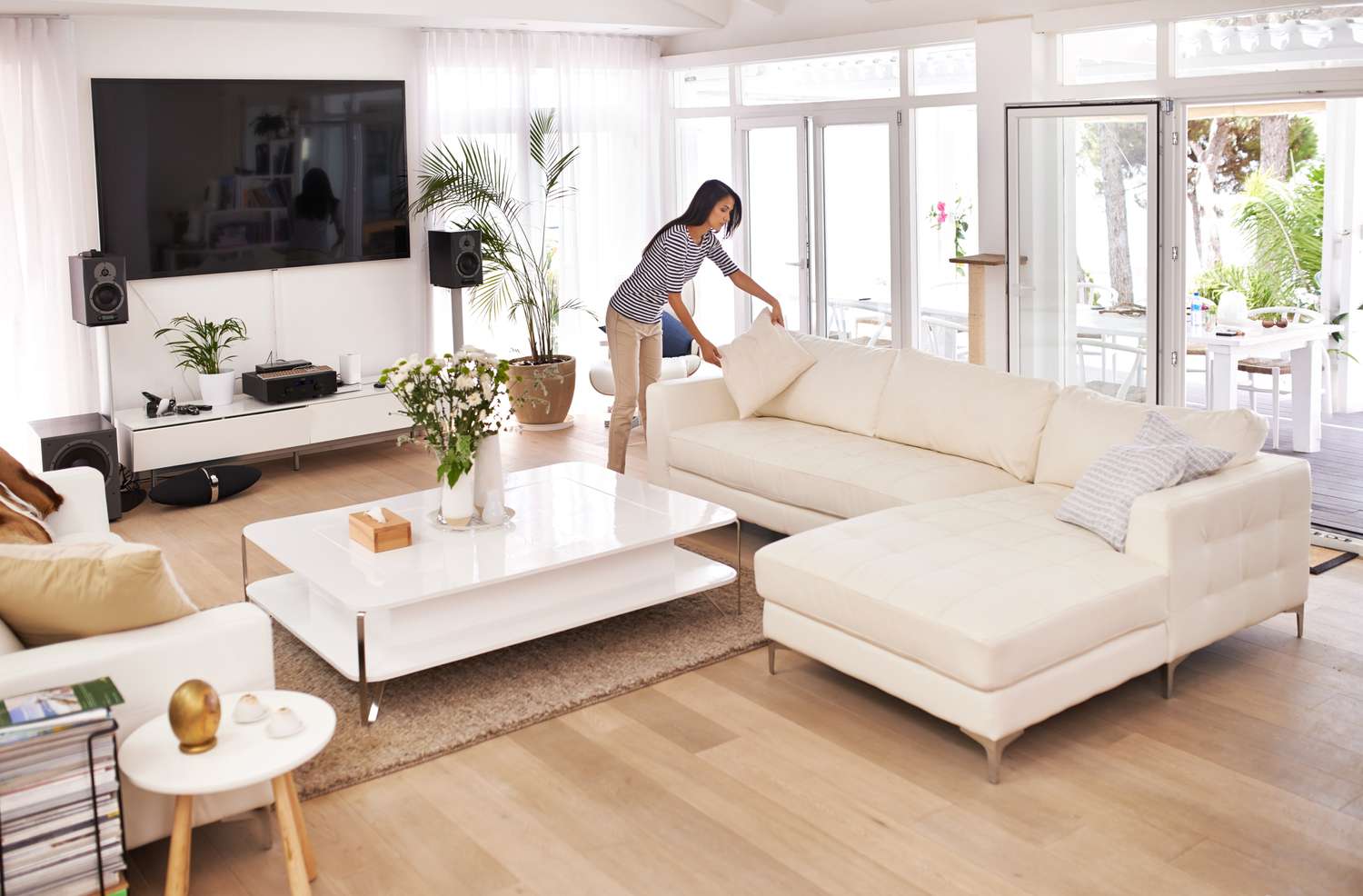khakisofirvington.com – Home staging is the process of preparing a private residence for sale in the real estate marketplace. The goal of staging is to make a home more appealing to potential buyers, thus increasing the likelihood of a quick sale and a higher selling price. It involves decluttering, depersonalizing, cleaning, and arranging the home in a way that highlights its best features and makes it more attractive to a broad range of buyers.
The Importance of First Impressions
The first impression a buyer has of your home is crucial. It can make or break a sale. Home staging is all about creating a welcoming and appealing atmosphere that invites buyers in and makes them feel at home. This starts from the curb and continues throughout the entire property.
Step-by-Step Guide to Home Staging
1. Declutter and Depersonalize
The first step in home staging is to declutter and depersonalize your space. This means removing personal items such as family photos, memorabilia, and excessive knick-knacks. The goal is to create a blank canvas that allows potential buyers to envision themselves living in the home.
2. Clean and Repair
A deep clean is essential. This includes scrubbing floors, walls, windows, and bathrooms until they sparkle. Any necessary repairs should also be made, from fixing leaky faucets to patching holes in walls. A well-maintained home sends a message that the property has been cared for.
3. Enhance Curb Appeal
Curb appeal is the first thing potential buyers will notice. Trim overgrown bushes, mow the lawn, add a fresh coat of paint to the front door, and consider planting colorful flowers. A welcoming exterior can make a significant difference in a buyer’s initial impression.
4. Arrange Furniture
Rearrange furniture to create a sense of space and flow. Make sure each room has a clear purpose and that the layout is functional. This helps buyers envision how they could use the space.
5. Highlight Key Features
Every home has unique selling points. Whether it’s a fireplace, a spacious kitchen, or a beautiful view, make sure these features are highlighted. Remove any distractions that could take away from these key elements.
6. Use Lighting to Your Advantage
Lighting can dramatically change the feel of a room. Maximize natural light by keeping windows clean and unobstructed. Consider adding lamps or adjusting window treatments to enhance the brightness of each room.
7. Neutralize Color Schemes
Bold colors can be a turn-off for many buyers. Opt for neutral colors on walls and large furniture pieces to create a calm and inviting atmosphere. This allows buyers to imagine their own style in the space.
8. Add Final Touches
Small details can make a big impact. Fresh flowers, scented candles, or a bowl of fruit can add warmth and make a home feel more inviting. Just be mindful not to overdo it.
Conclusion
Home staging is an art that requires careful planning and attention to detail. By following these steps, you can transform your home into a desirable property that appeals to a wide range of potential buyers. Remember, the goal is to make your house feel like a home for someone else, and with the right preparation, you can significantly increase your chances of a successful sale.
